Hello, fellow Steemians.
In my introduction, I mentioned my transition from electric violinist to 3D designer/fabricator. My first electric violin was this 5-string, made by Eric Jensen. There aren't a whole lot of these around, so it is fairly unique. It's a very well made instrument, that plays and sounds great. I had this violin for about 15 years, when the dreaded day came. I periodically do a thorough cleaning of my electric violins, removing the strings, buffing down the fingerboard, polishing the body, and generally tighten things up. The chinrest on the Jensen is attached with adhesive, which gives it a very clean look, with minimal hardware. Underneath the chinrest were a pair of flathead screws which went into the shoulder rest fitting, an aluminum cylinder press-fit and screwed into the bottom of the body. Well, one of the screws sheared off in the process. Not being a machinist, I promptly panicked, and mulled over options.
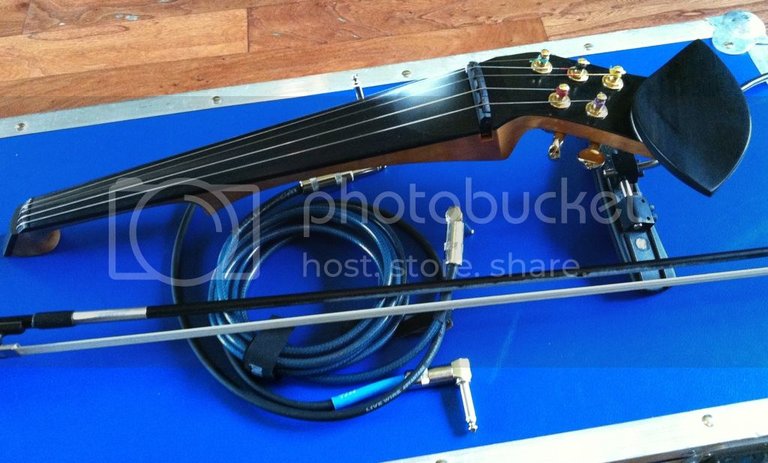
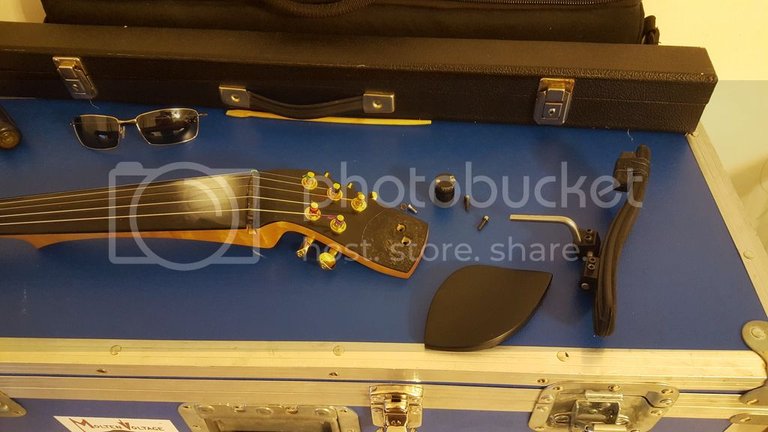
My initial thought was: "I have a regular shoulder rest for my other violin, so how can I use that for the weekend?" As I mentioned in my introduction post, I'm no woodworker. My emergency fix was to roughly trace a lower bout from 3/4" plywood, and I attached it to the body, using the existing screw holes, like so:
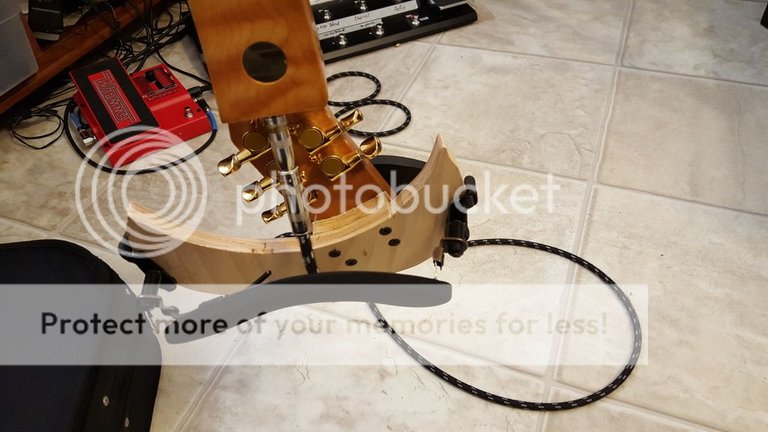
At this point, there was no way I would tolerate using this monstrosity of a hack job more than once, so I had some serious work to do. I went through various iterations of lower bout designs, which would allow me to carry the violin in a standard case until a permanent solution was devised.
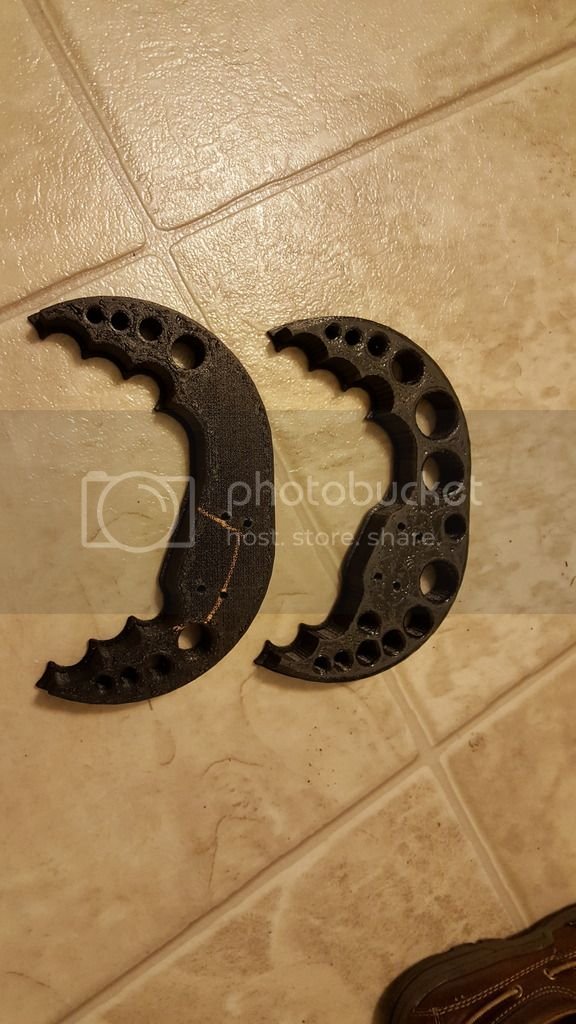

They worked, to varying degrees, but ultimately they betrayed the original design of the instrument, and took away the minimalist/classic aesthetic and streamlined shape. I was back to square one.
One of the great things about the Jensen violin was its shoulder rest system, which used setscrews to securely attach the machined components, giving a high degree of adjustability. This system integrated a cheap and widely available Kun shoulder rest, which was a good thing. Kun rests are everywhere, used by violin students the world over.
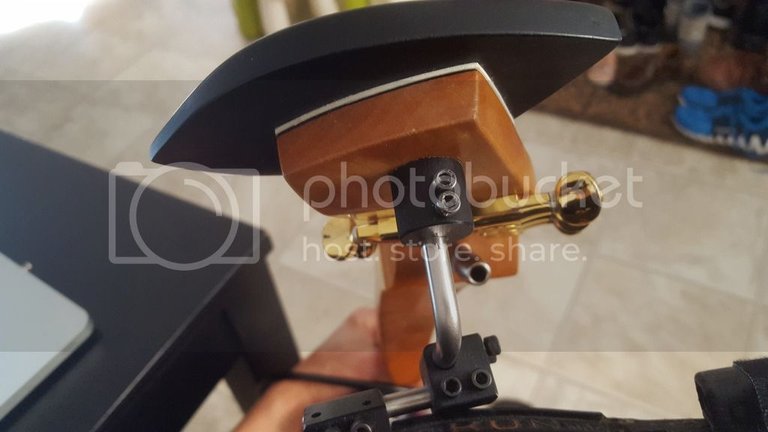
I decided to integrated the aluminum and steel rod system into my designs, opting to take advantage of the strength and stability. I set about in Autocad, refining what would become a receiver for the assembly. What I didn't want was to keep using setscrews to attach the rest every day. They were, in my eyes, another failure point that would crack in the inevitable future. I decided on the press-fit design that I now use:
version 2.5?
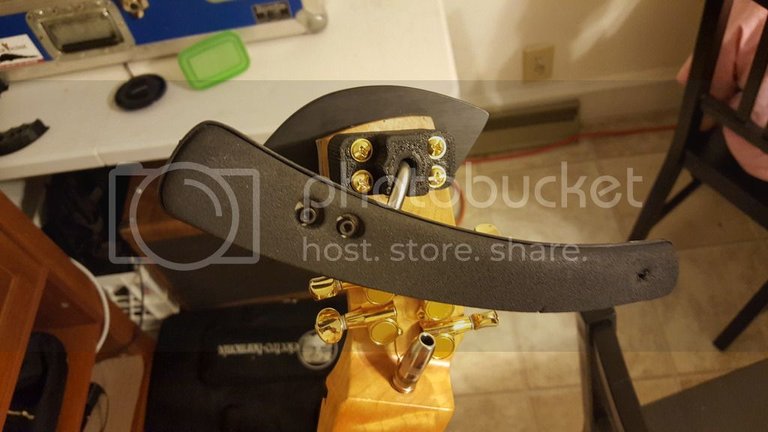
The present version (3.0), in fabrication:
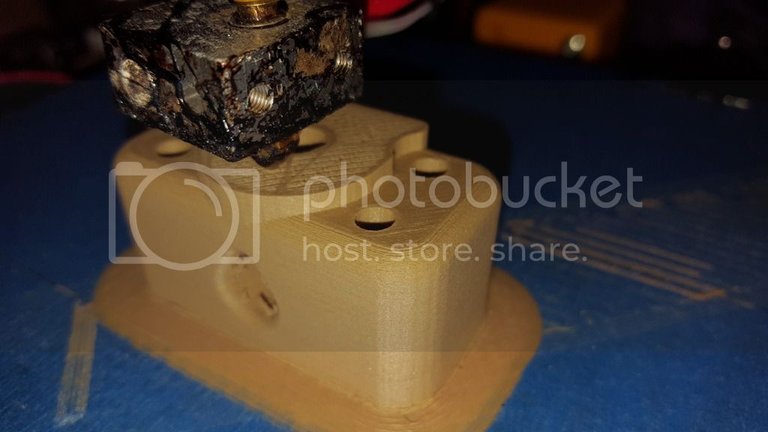
The shoulder rest assembly can be removed from the violin without tools in seconds. This receiver now uses four machine screws, without risk of stripping out wood. Press-fit threaded inserts are replaceable, and this inset chinrest plate keeps a minimum of visible hardware. While I initially preferred the original ebony chinrest, this one was my own design, and keeps a little bit of a colour theme with the rest of my custom parts.
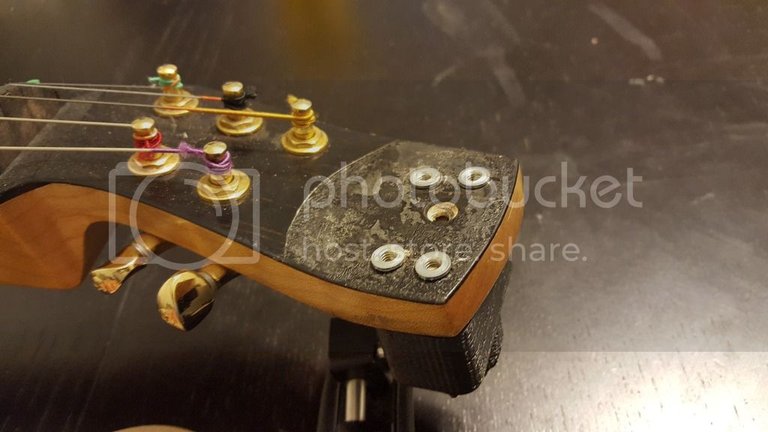
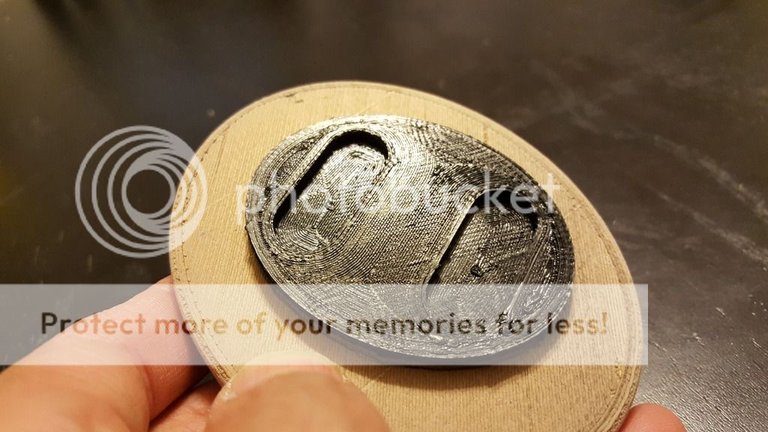
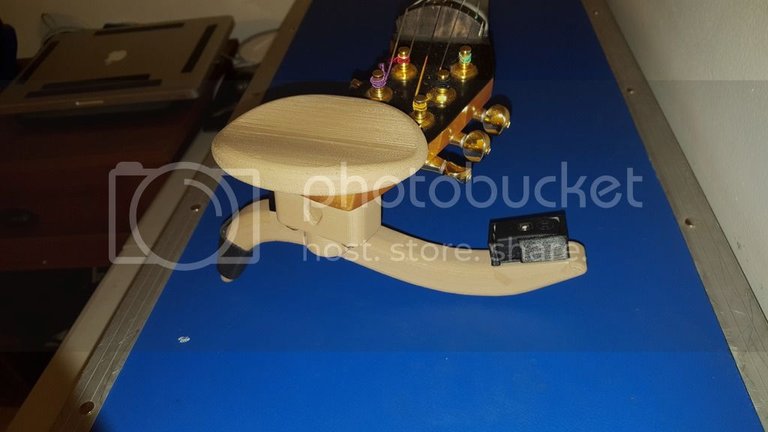
Next on the block was the shoulder rest itself. I knew that I wanted to get rid of the prefab rest and end up with something more permanent, less janky looking than a piece of foam. I once again went through a few iterations, addressing three issues: support, stability, and my Hot Hand 3. The Hot Hand, which I will get into on another post, is a wireless tri-axis expression controller. Attaching it to my shoulder rest turns my instrument into a controller for my effects. And I wanted to give it a better mounting solution, that was less add-on and more integrated component. Stability was interesting. Using a rigid shoulder rest that utilized no foam or other grippy material necessitated a unique solution. I based my design off of combined features of Wolf rests, Mach One rests, and my own physiology. More curved designs like this one, tended to be uncomfortable, and failed to stay in place on my shoulder.
I ended up with this design, which solves all three design problems, and in my opinion, looks cleaner. The Hot Hand case attaches with velcro, transfers to my other violin in an instant, and I am able to charge the battery without removing the transmitter.
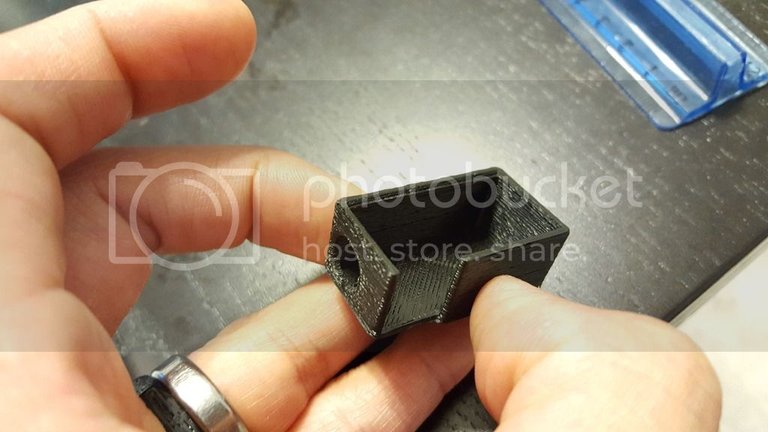
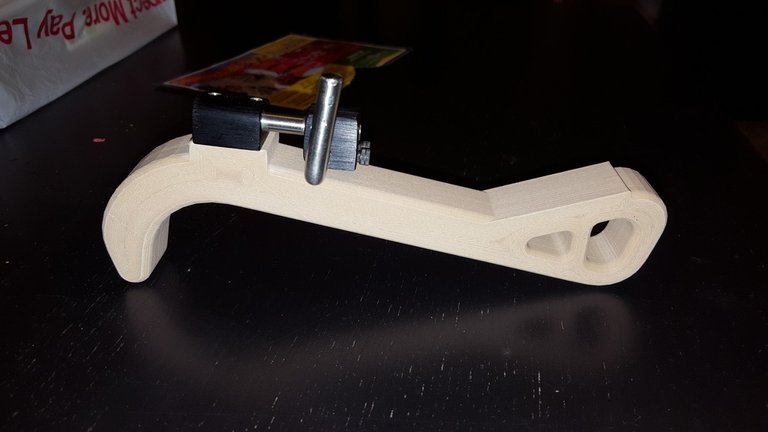
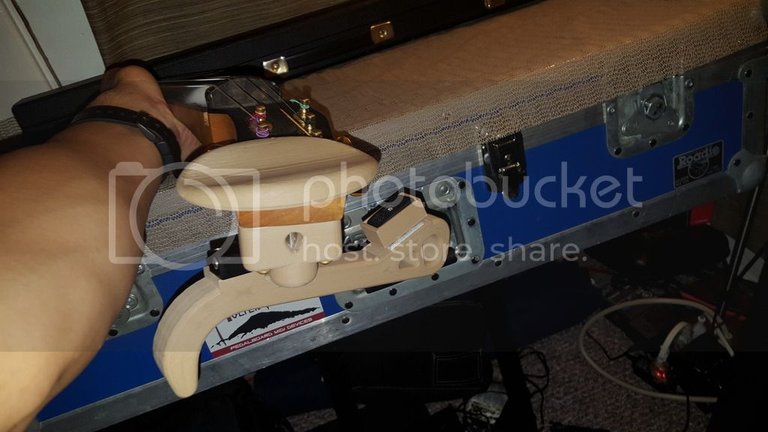
This support system is constructed of wood PLA(polylactic acid), and the design elements make for a very comfortable instrument, minimalist aesthetic, and has stood the test of weekly performance and practice, with no structural failures to date.
I love the idea of 3D fabricated instruments/instrument mods. Thank you for the process post. Anywhere we can hear what the violin sounds like?
This post received a 3.4% upvote from @randowhale thanks to @customnature! For more information, click here!
Incredible. Like a modern day lost art.
Very cool. I always enjoyed hanging out in various luthier / string instrument maker's studios. Curious if yours smells of wood or more of plastic / acid?